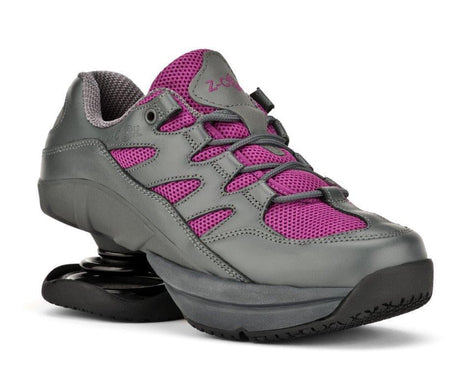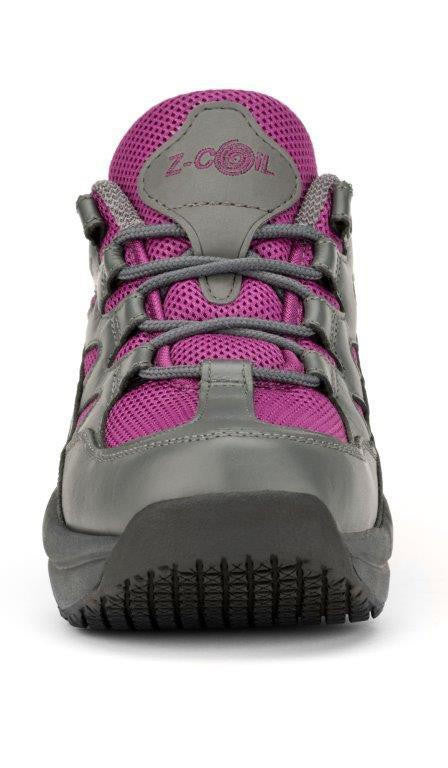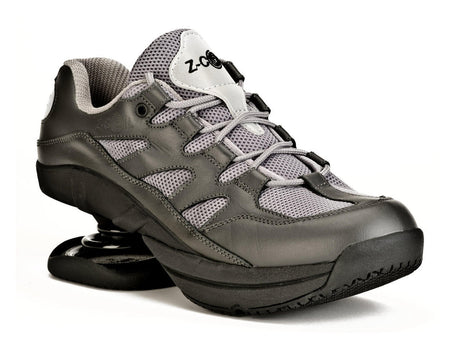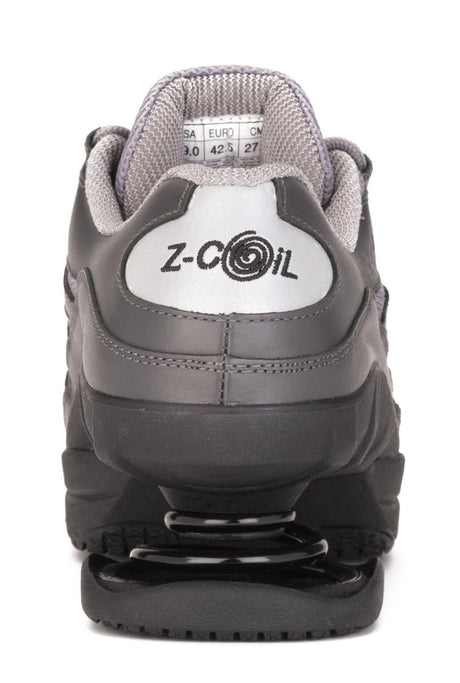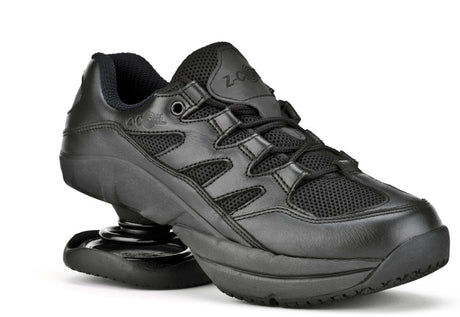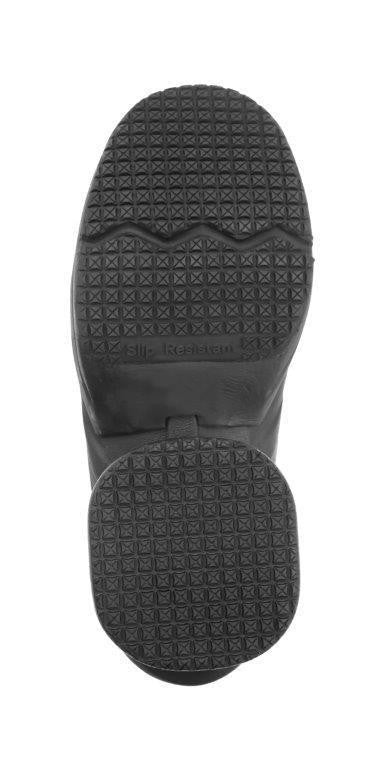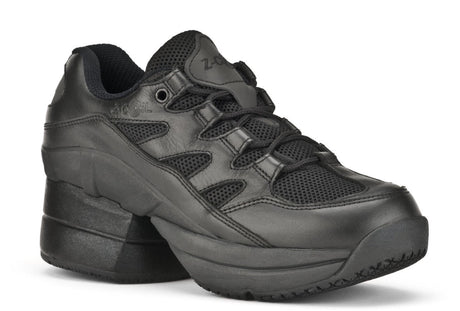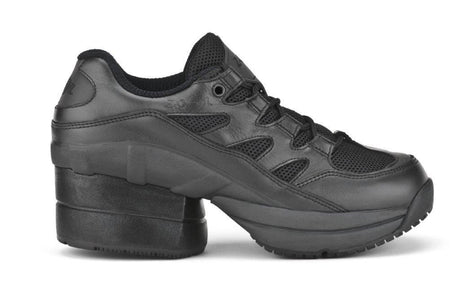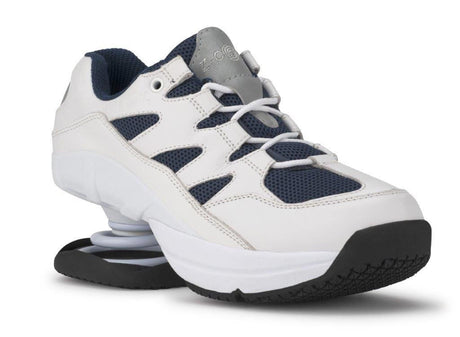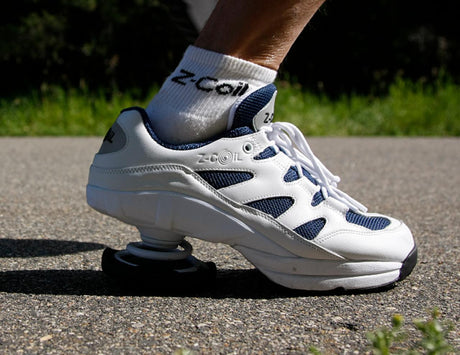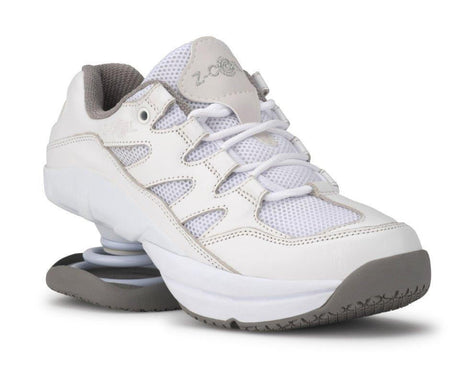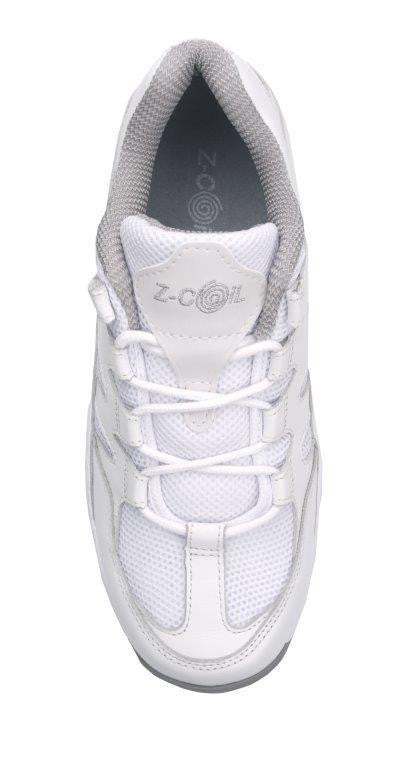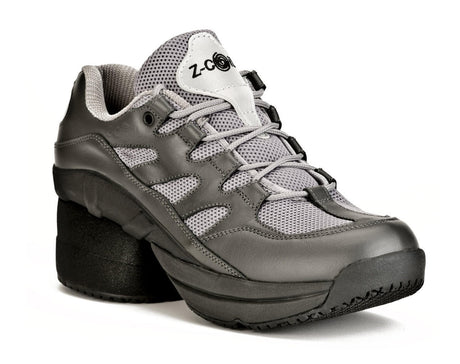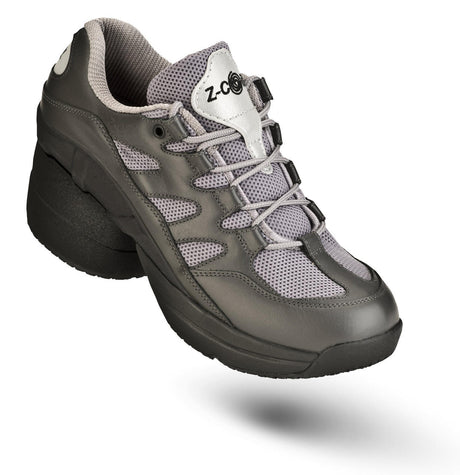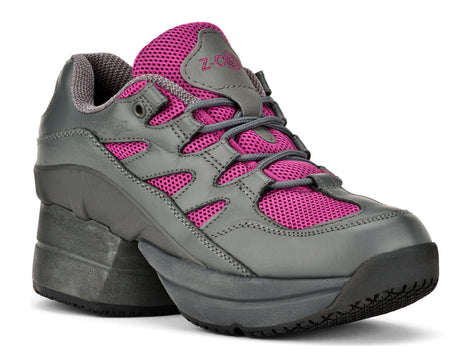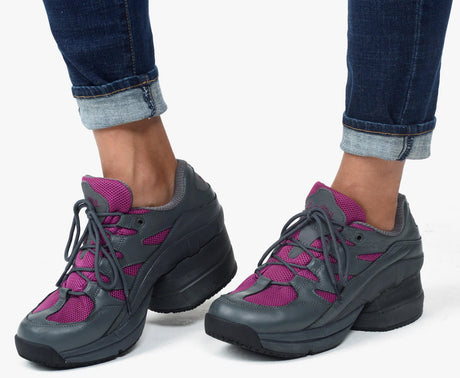The human foot is amazingly complex: 26 bones, 33 joints, and over 100 muscles, tendons, and ligaments all comprise just one of your feet. In our new blog series, we take you on a tour of the foot’s anatomical structure so you have a better understanding of how your own feet work and why taking care of them with high quality supportive footwear is so important.

A Brief Guide to the Ankle
This time around, we’re focusing on the ankle. The ankle is a hinge joint, which is pretty self-explanatory: it moves back and forth in basically one direction. Technically called the talocrural region, the ankle contains three different joints: the talocrural joint (or the main ankle joint), the subtalar joint, and the inferior tibiofibular joint.
The knobs poking out on either side of your ankle are the ends of your two shin bones: the tibia, which is larger, ends in the knob on the inside of your ankle, and the fibula, which is smaller, ends at the outside knob.
How it Works
As mentioned above, the ankle is a hinge joint, which means it only really moves along one plane: you can point your foot down so it’s straight out from your leg, and you can point your foot up, so it’s at a more acute angle to your shin. It doesn’t move past those points, and it doesn’t move very much from side to side. This is different from a socket joint like your shoulder or hip, which allows wide movement in all directions. But the limited hinge action of the ankle is part of what allows us to walk: it gives the ankle more mechanical stability,and ensures a solid base for the large muscles and tendons of your calf to attach to.
Ankle Injuries
The ankle is probably the most commonly injured joint, which is no surprise when you consider how much we use it and how much stress it goes through as we stand, walk, and run. Ankle injuries are usually related to high impact physical activity like running, sports, hiking, etc. Because of its limited range of motion, forcing the ankle beyond its natural range causes damage to the surrounding tendons, ligaments and muscles; hence the painful and long-lasting experience of spraining your ankle.
Prevention is the best cure, of course, and we have another blog post explaining how to maintain joint health to prevent such injuries. Besides stretches, strength training, and dietary considerations, one of the most important things you can do to prevent ankle injuries is wearing the right footwear for you. A sturdy shoe with proper ankle support will help prevent rolling your ankle, of course, but impact-reducing footwear like Z-CoiLs also reduces the day-to-day stress your ankle undergoes, helping ensure its long-term health.

